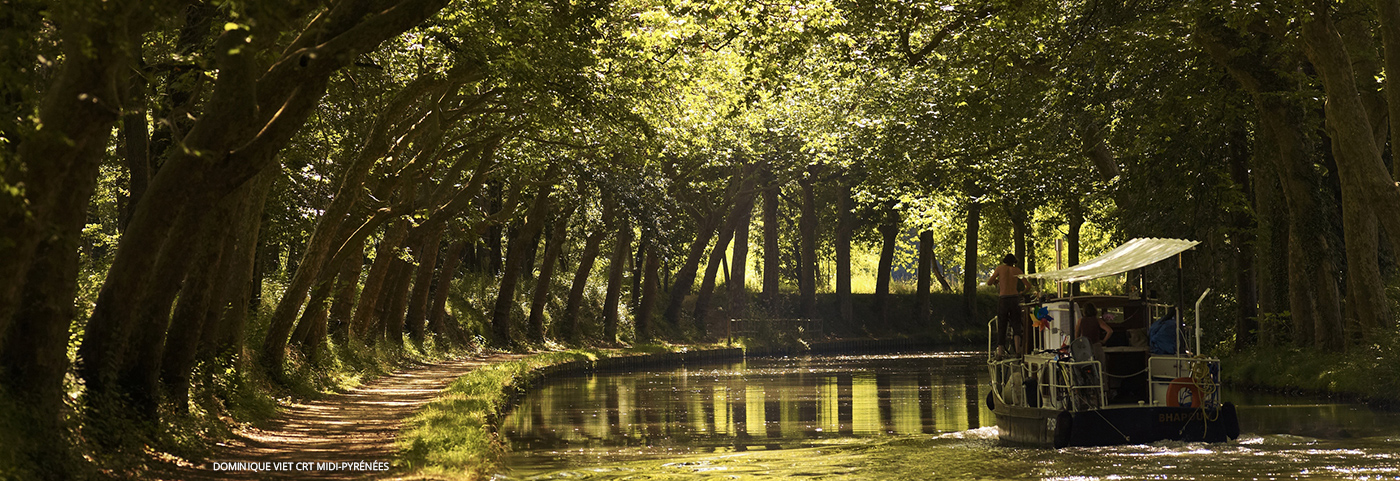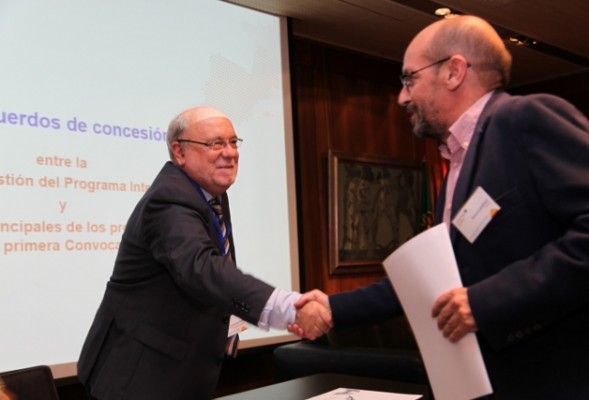
TRITIUM
Design, construction and commissioning of a low level tritium monitor for water

Axis 4 Combating climate change
Objective 5b1 Improving the coordination and effectiveness of prevention, disasters management and rehabilitation tools of damaged areasImage gallery
- Technological risks
2. Junta de Extremadura. Consejería de Medio Ambiente y Rural, Políticas Agrarias y Territorio. Dirección General de Medio Ambiente. Servicio de Ordenación y Gestión Forestal. ES
3. Universidade de Aveiro. Departamento de Fisica. PT
4. Universitat de València. Instituto de Física Corpuscular Edificio de Institutos de Investigación. ES
5. Centre National de la Recherche Scientique. Délégation Aquitaine. Centre d'études Nucléaires de Bordeaux Gradignan. UMR5797. FR
Project summary
The challenge of this project is to improve the prevention of the risk of tritium emissions in water for human consumption from energy production and research installations such as nuclear power stations. In order to do so TRITIUM proposes the designing, construction, and fine tuning of a monitor to allow the immediate detection of radioactive levels of tritium in water, monitoring whether it exceeds the limits set by European legislation.
Participating regions
- Aquitaine
- Centro
- Comunidad Valenciana
- Extremadura
Estado de avance del proyecto
TRITIUM is a project that tries to reduce the amount of tritium, derived from nuclear energy, in water. At present, there is no monitor that allows measuring the amount of this radioactive isotope in water, in real time; the latter being the most emitted isotope during the operation of nuclear power plants and its elimination from water is very problematic since it is chemically indistinguishable from non-radioactive water.
Tritrium's results include:
- Laboratory tests and studies for the construction of the tritium detector prototype;
- The development of an ultrapure water production system from river water to perform simulations;
- The construction of a tritium monitor in water that allows its measurement in real time;
- Tests of the monitor in real operating conditions next to the drainage channel of the refrigeration reservoir of the Almaraz nuclear power plant in Cáceres.
The final prototype will be operational at its current location as a more integral part of the Extremadura Radiological Warning Network.






